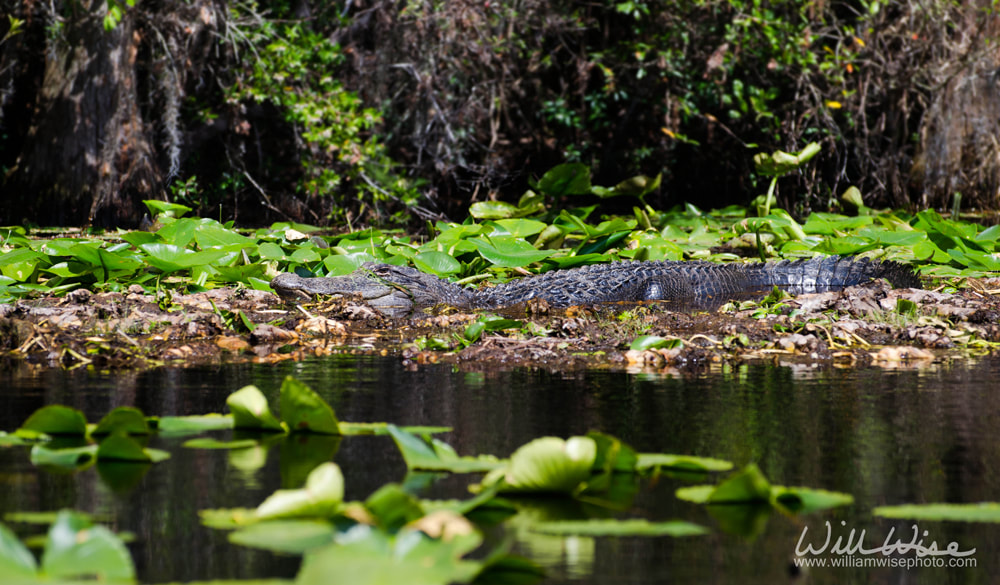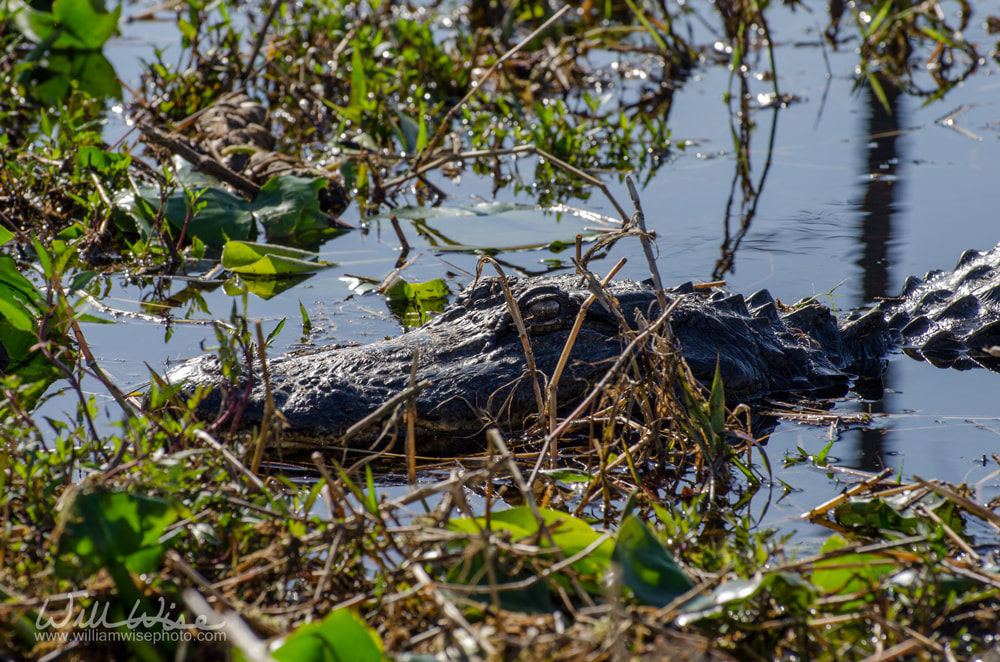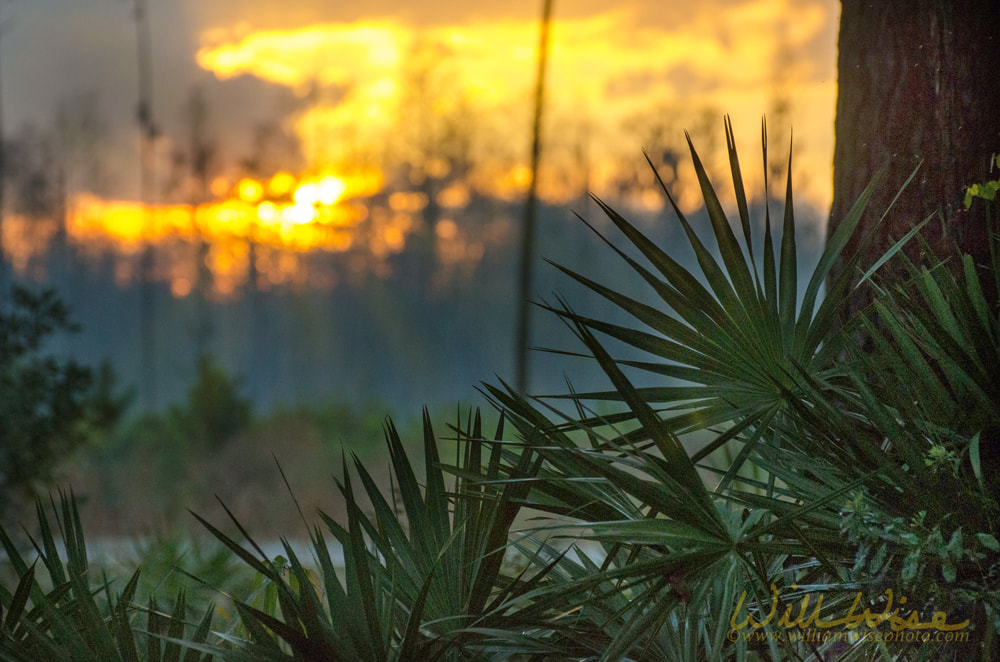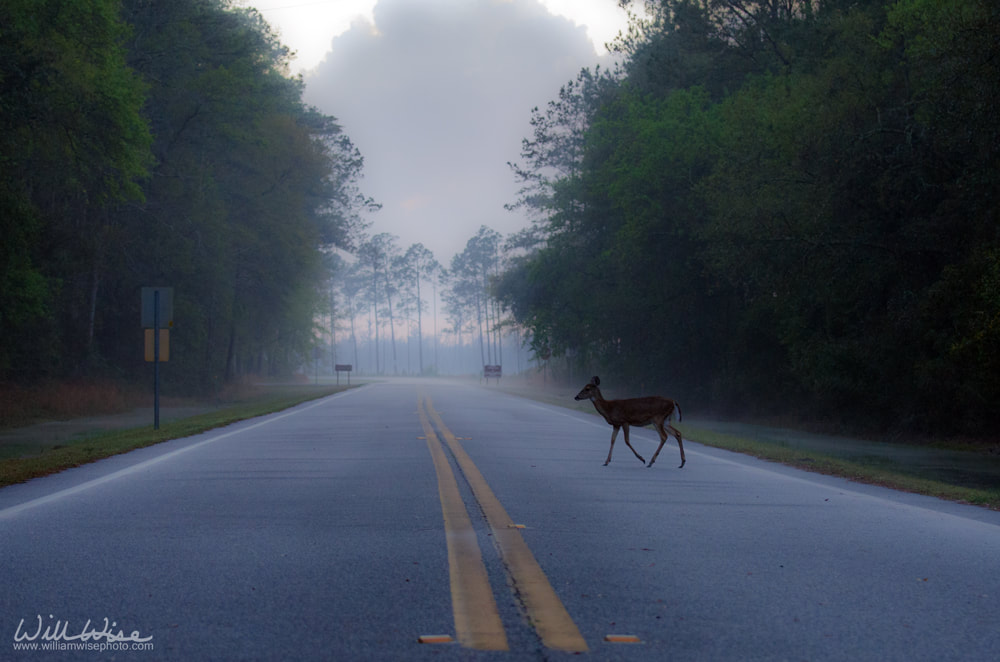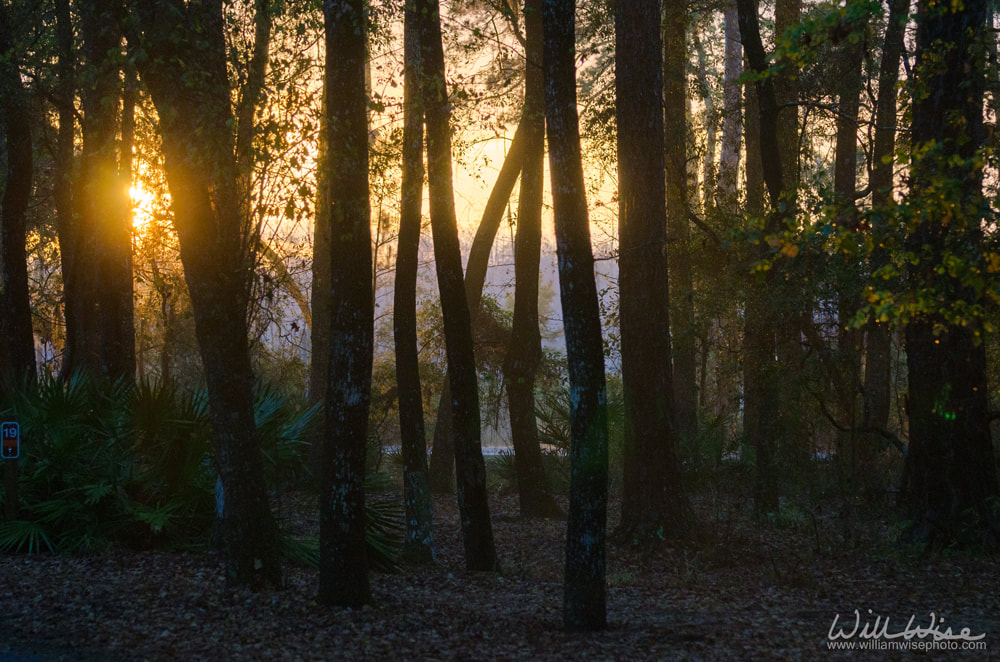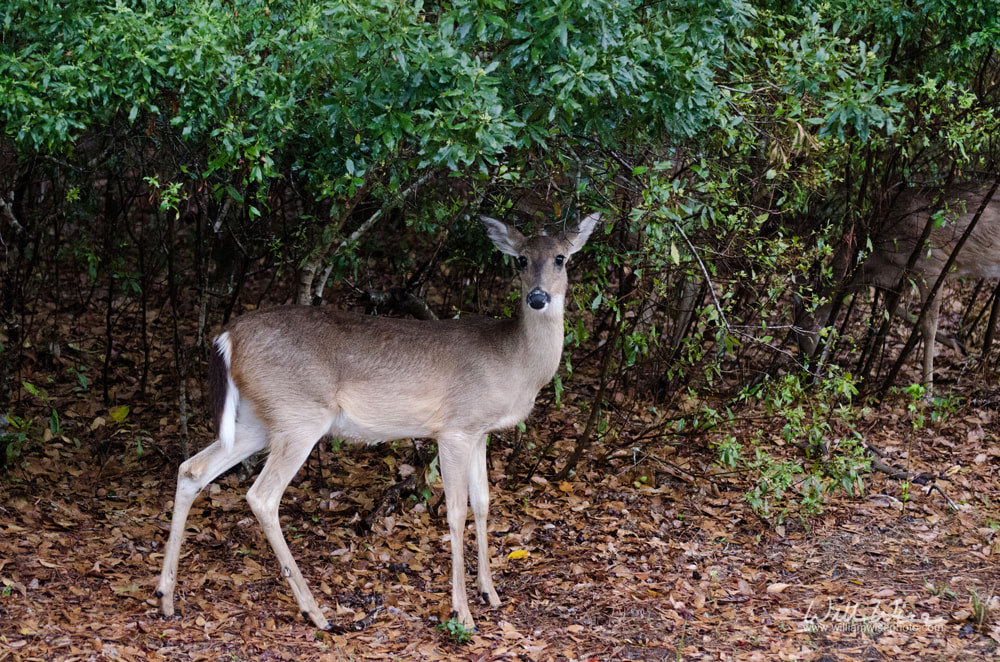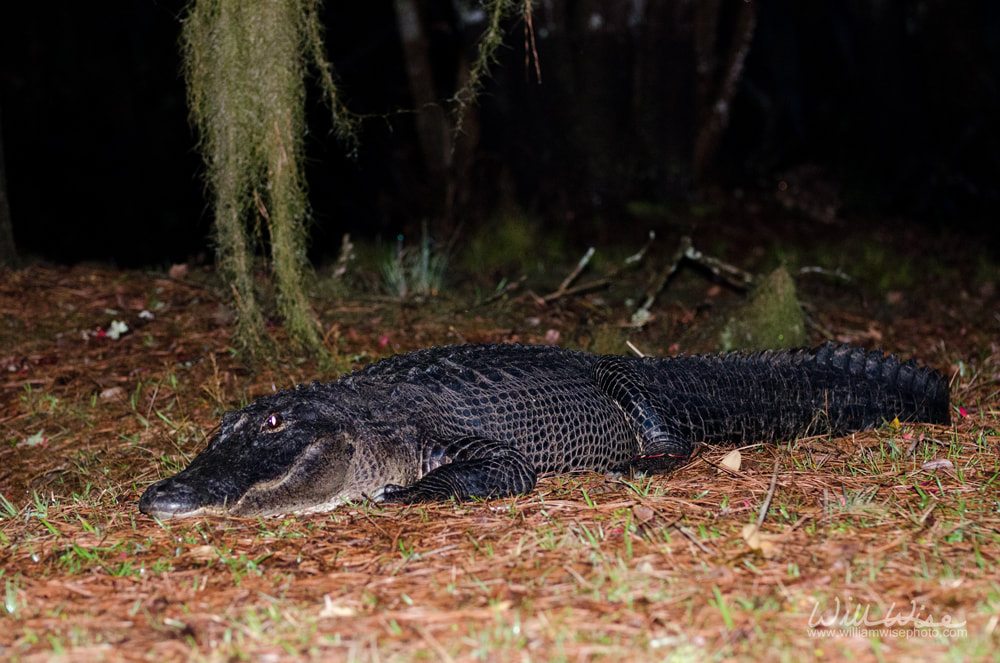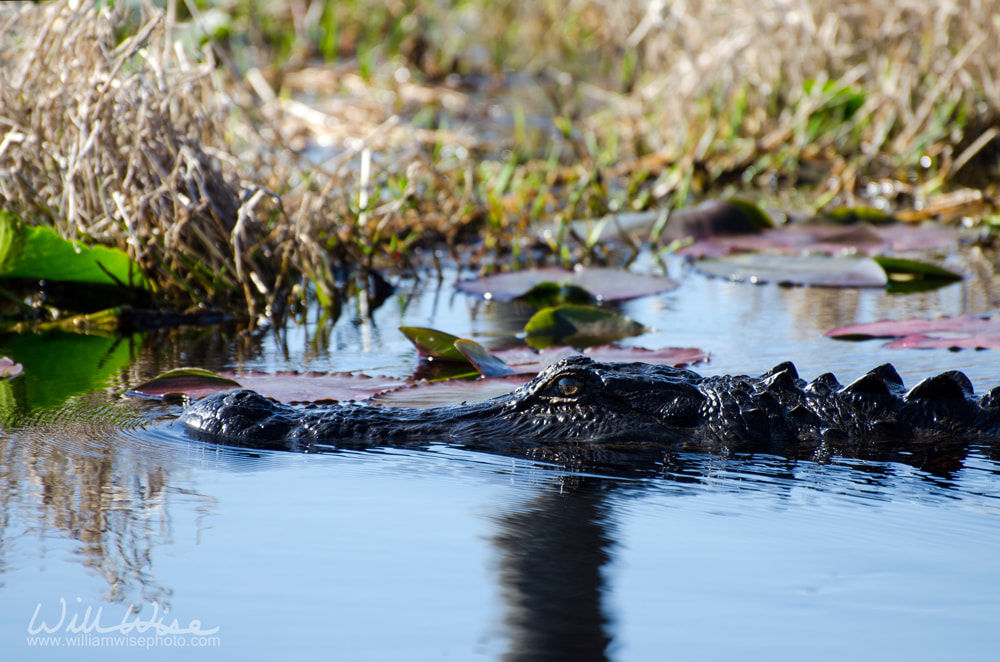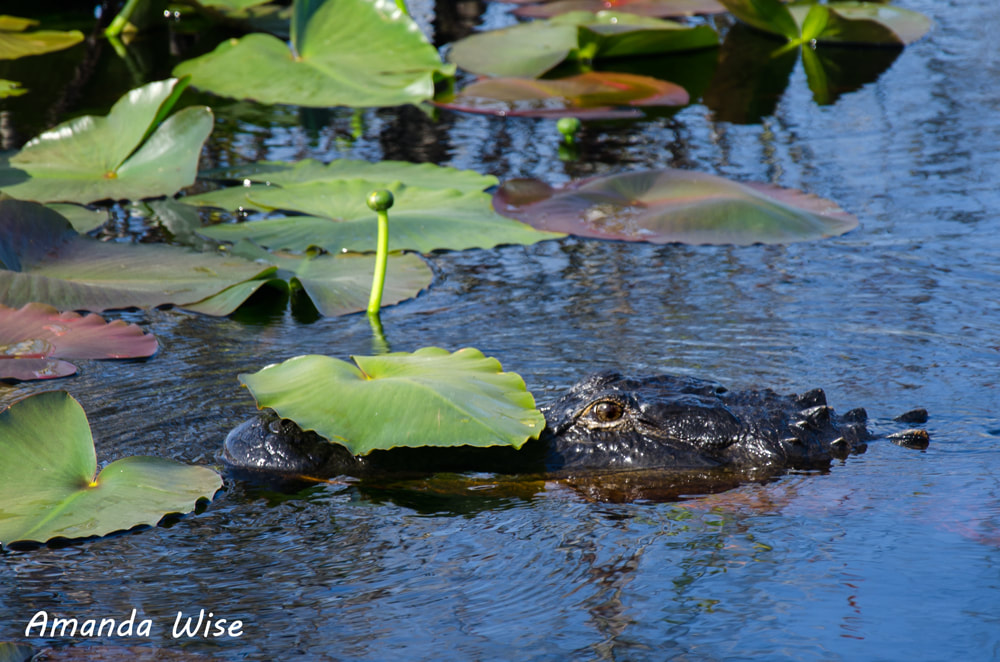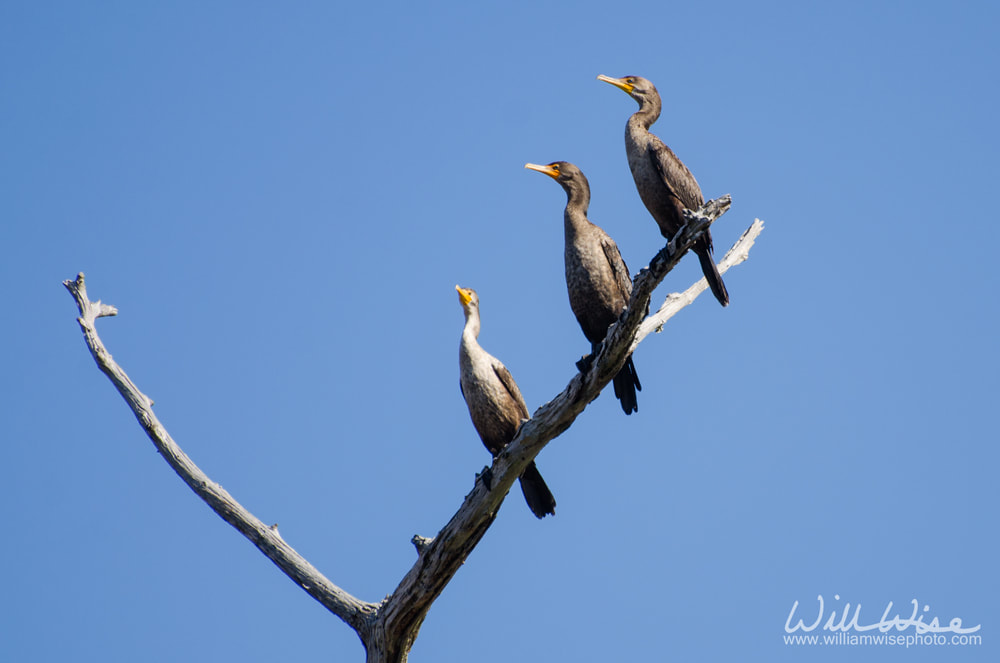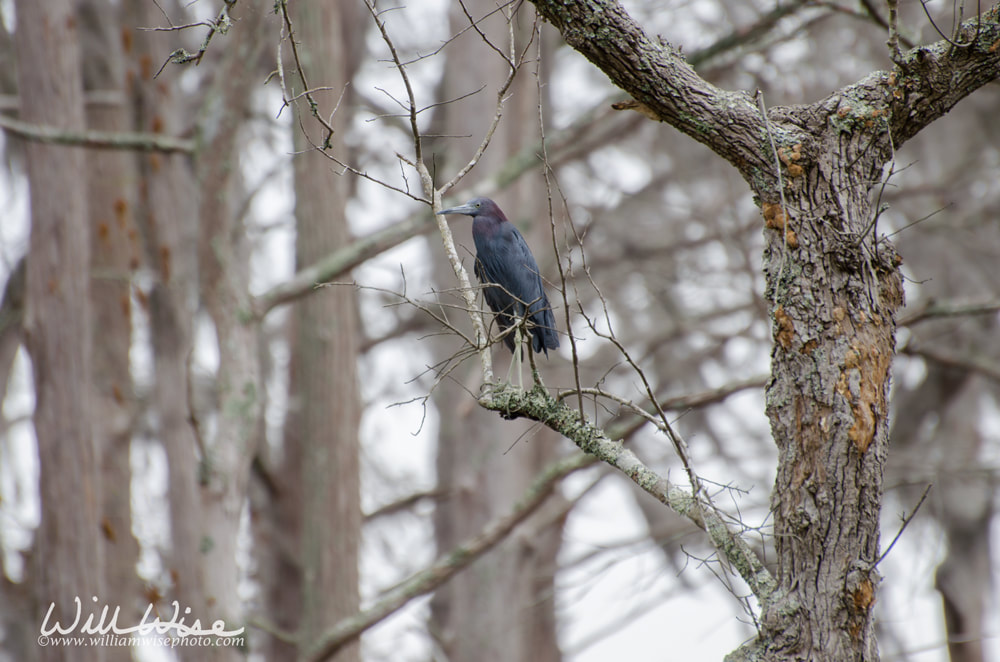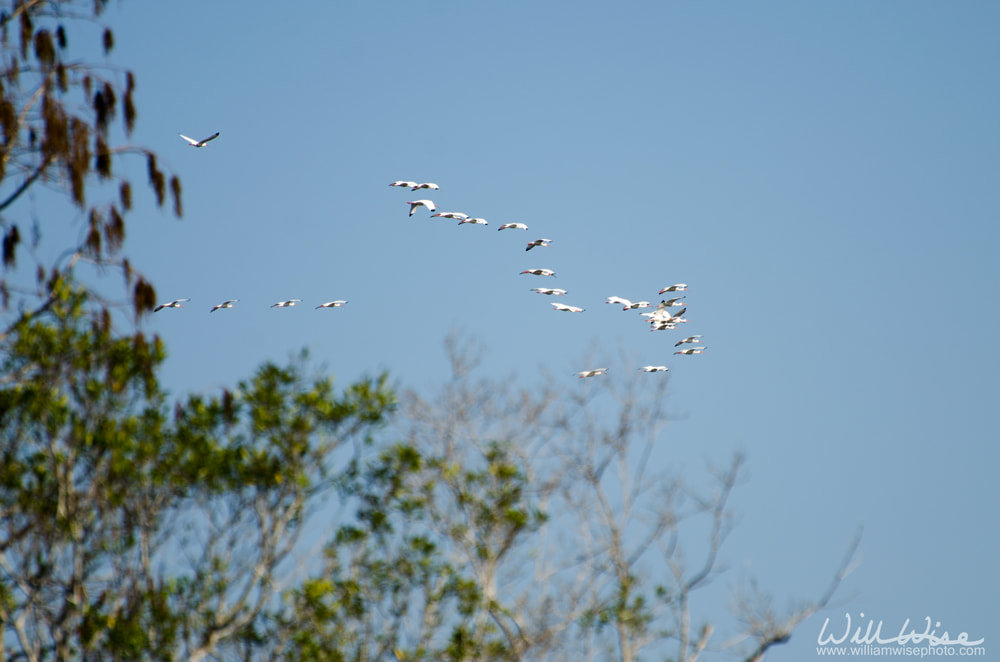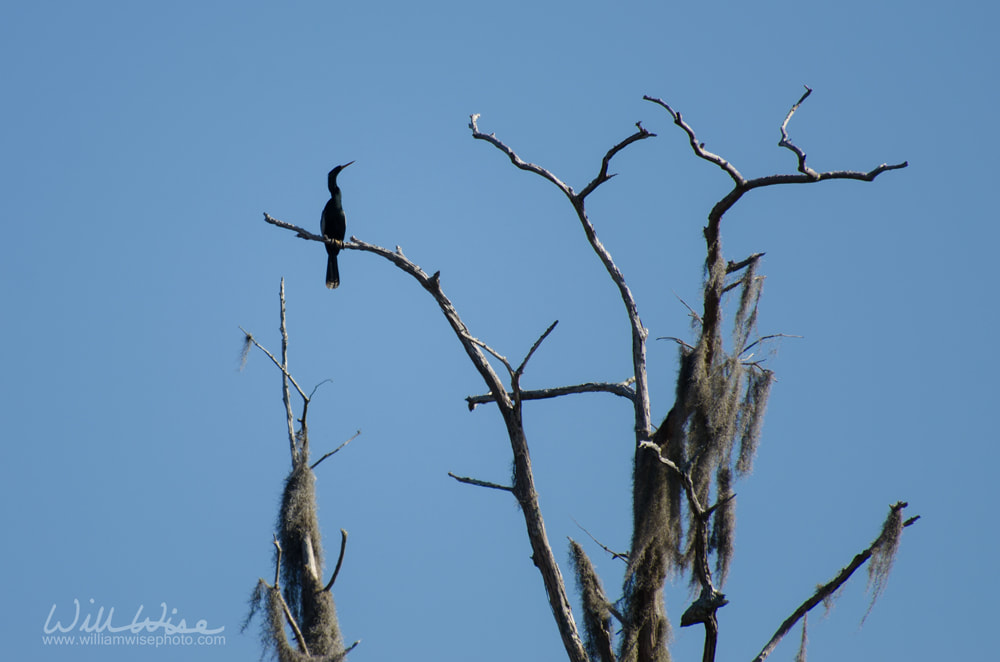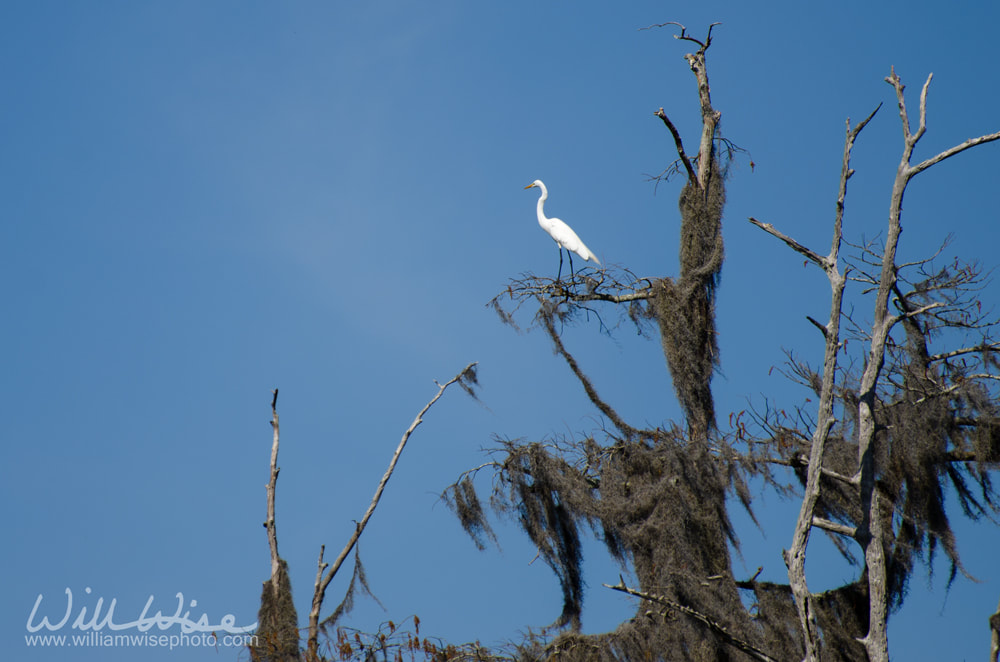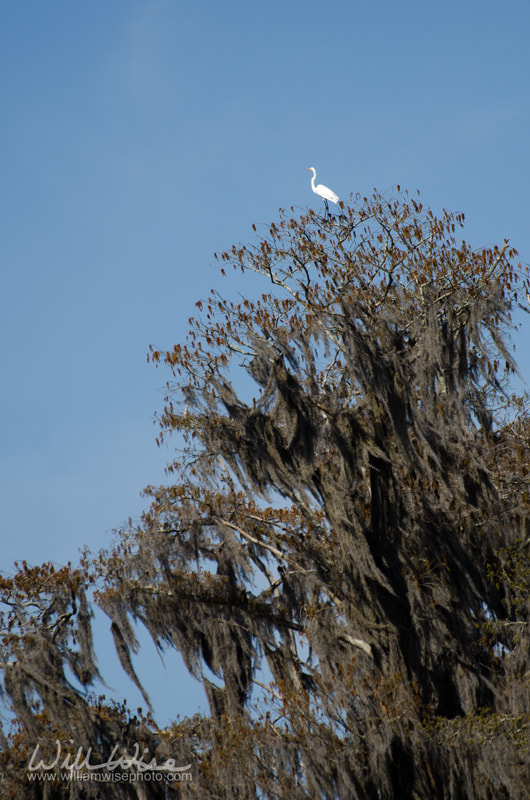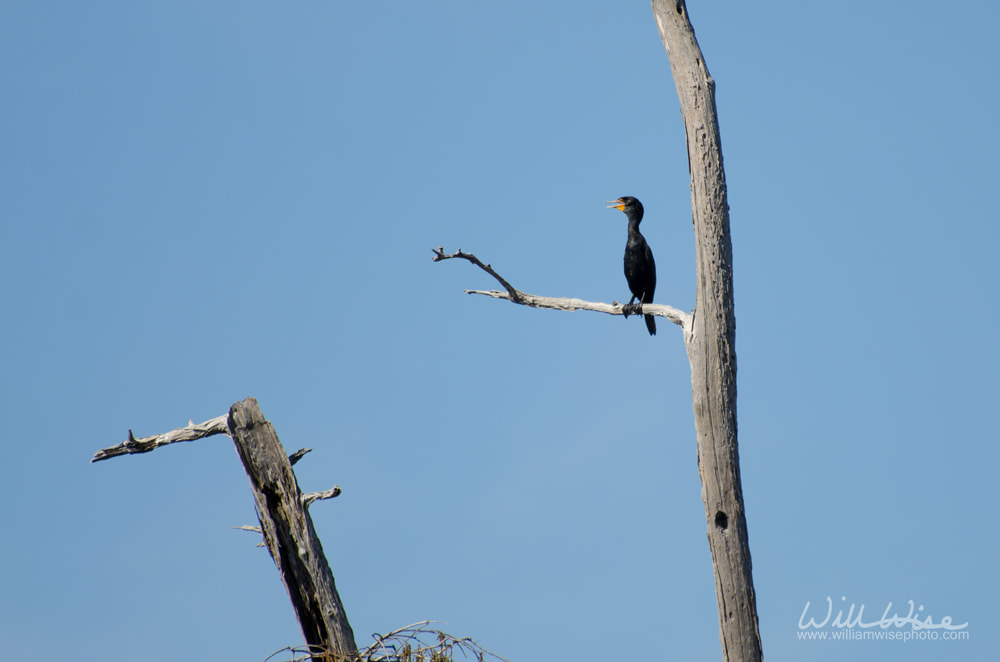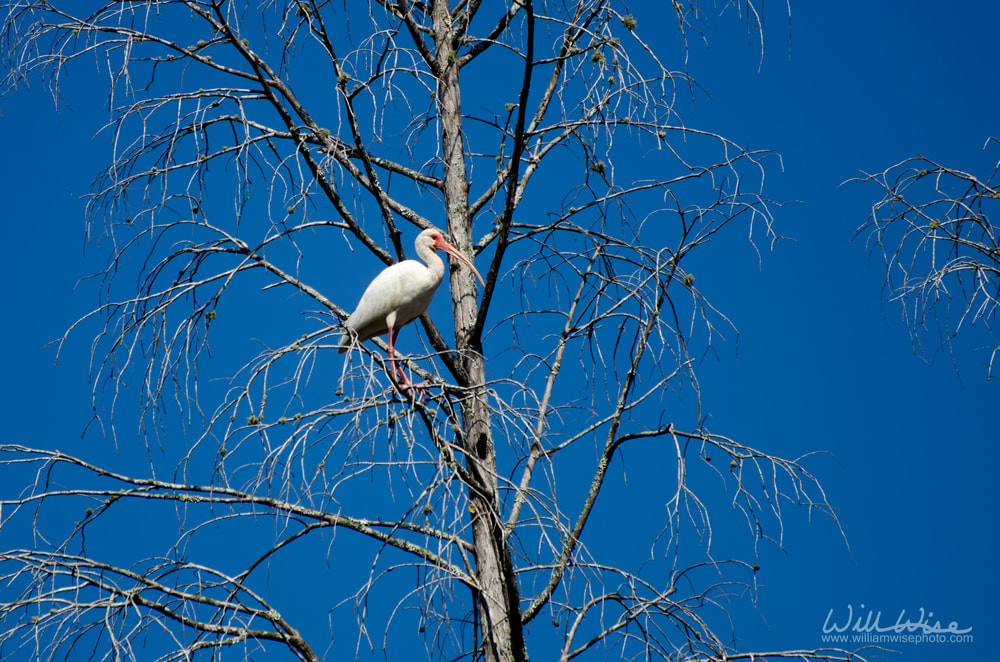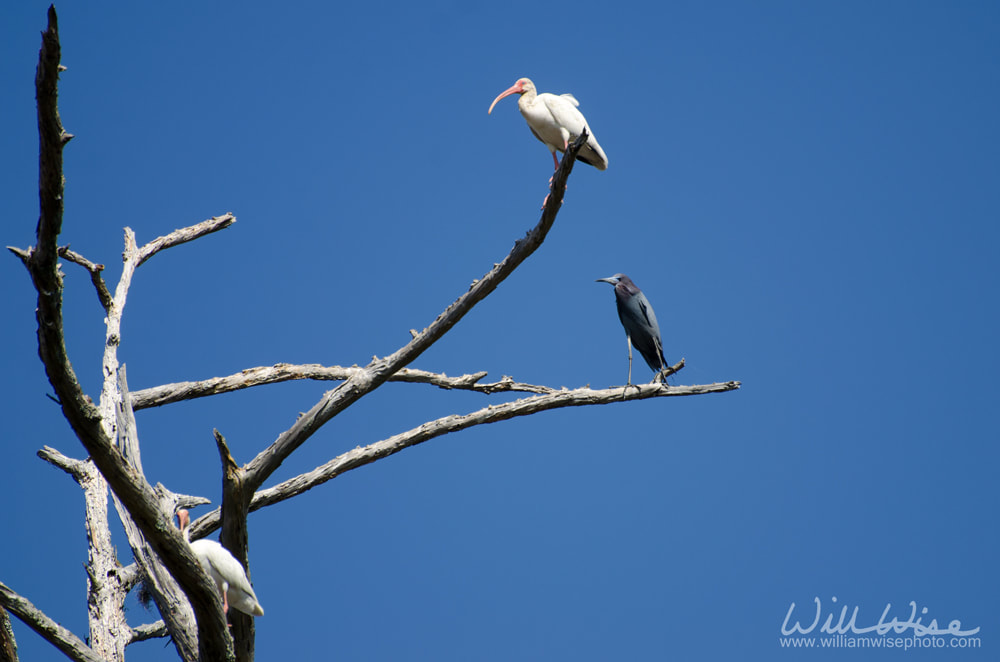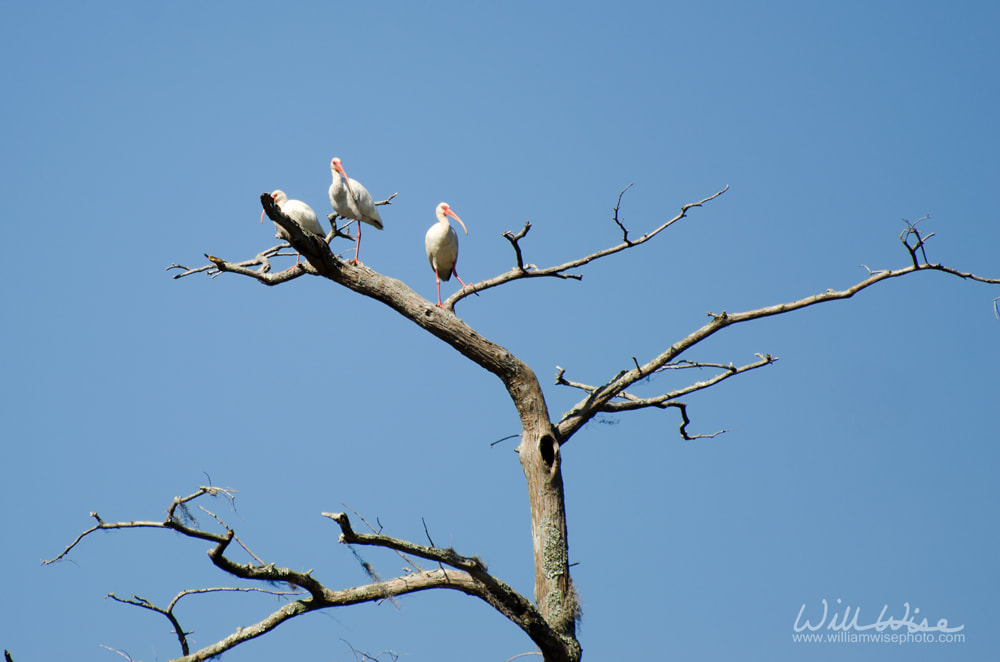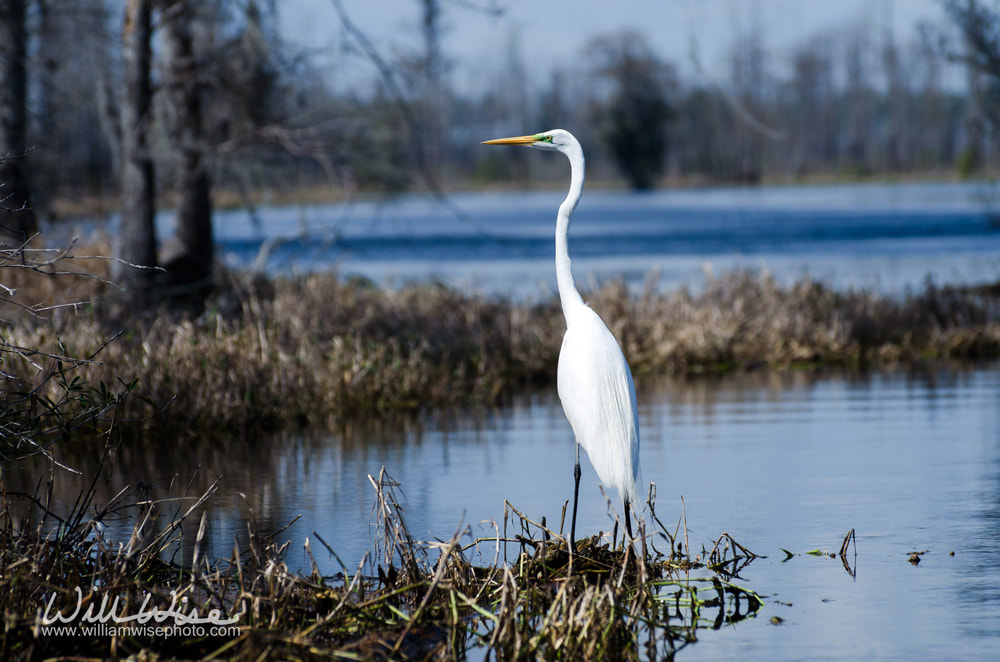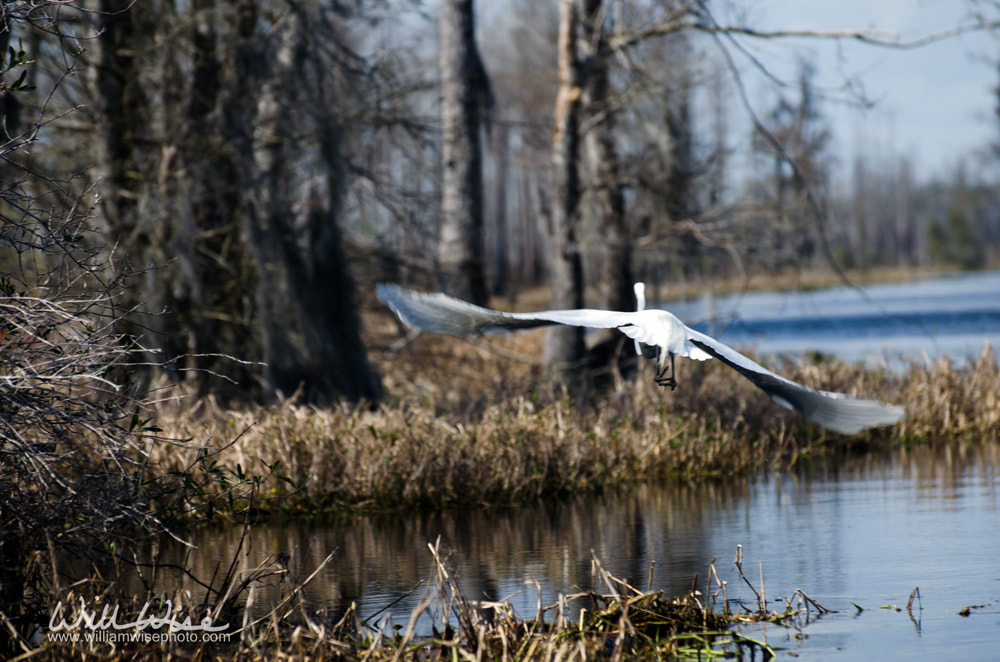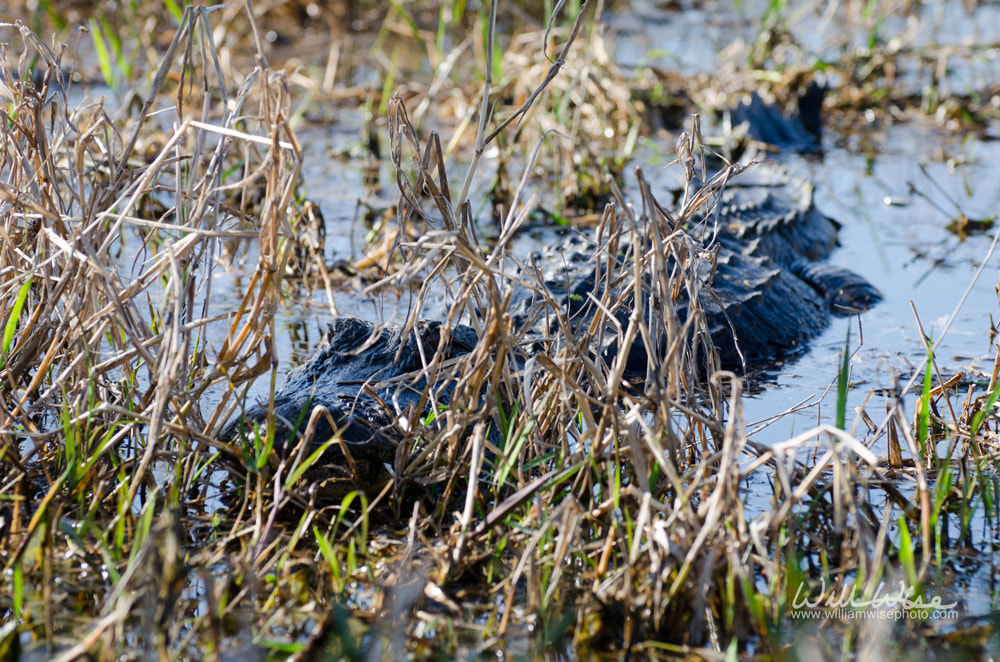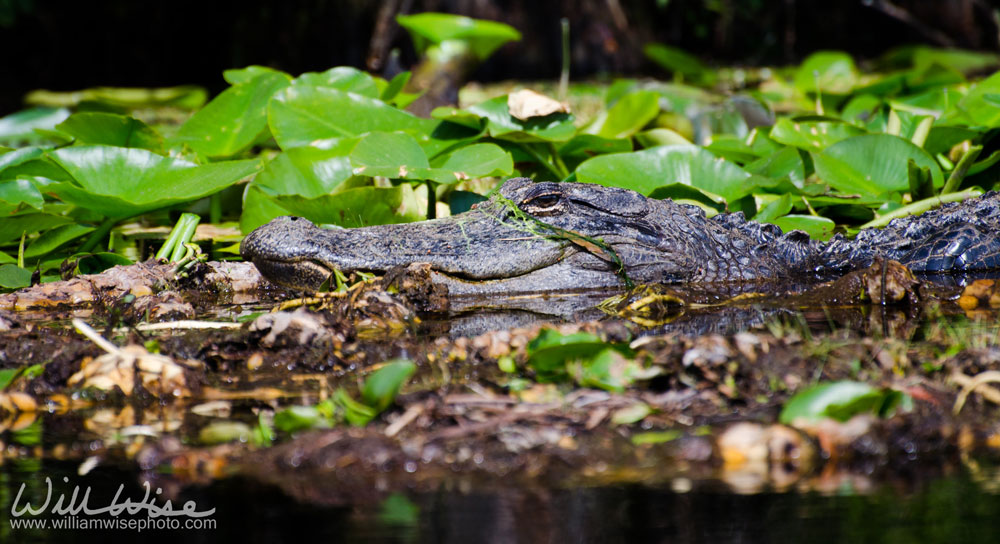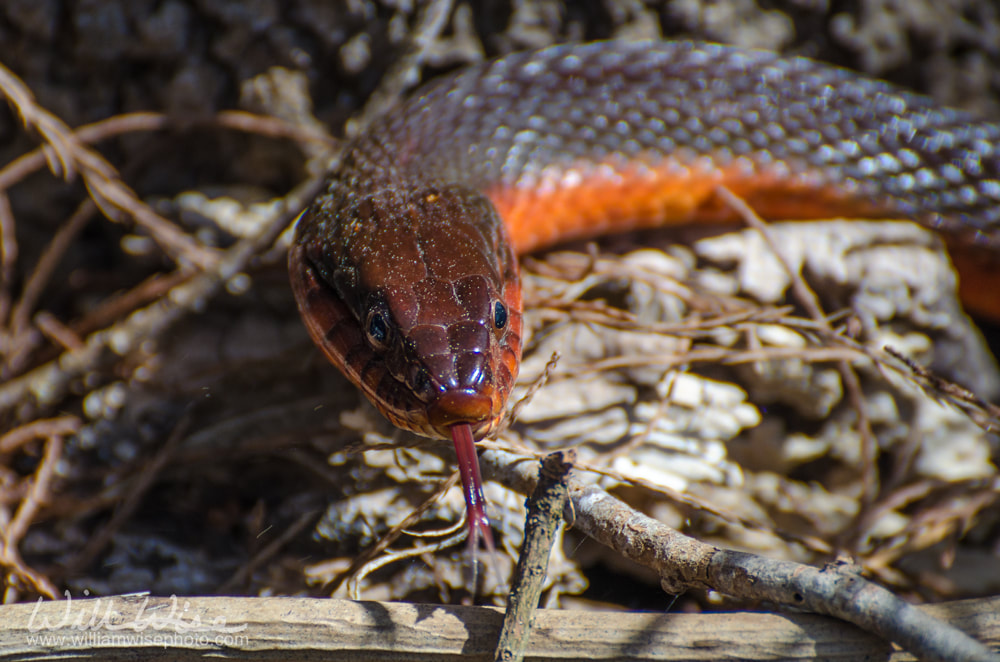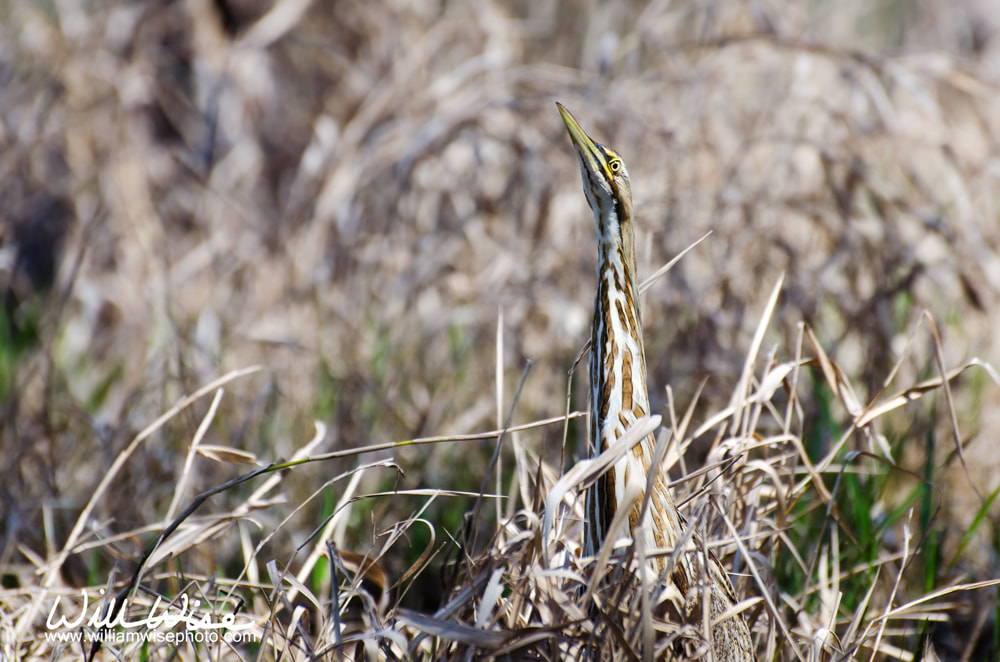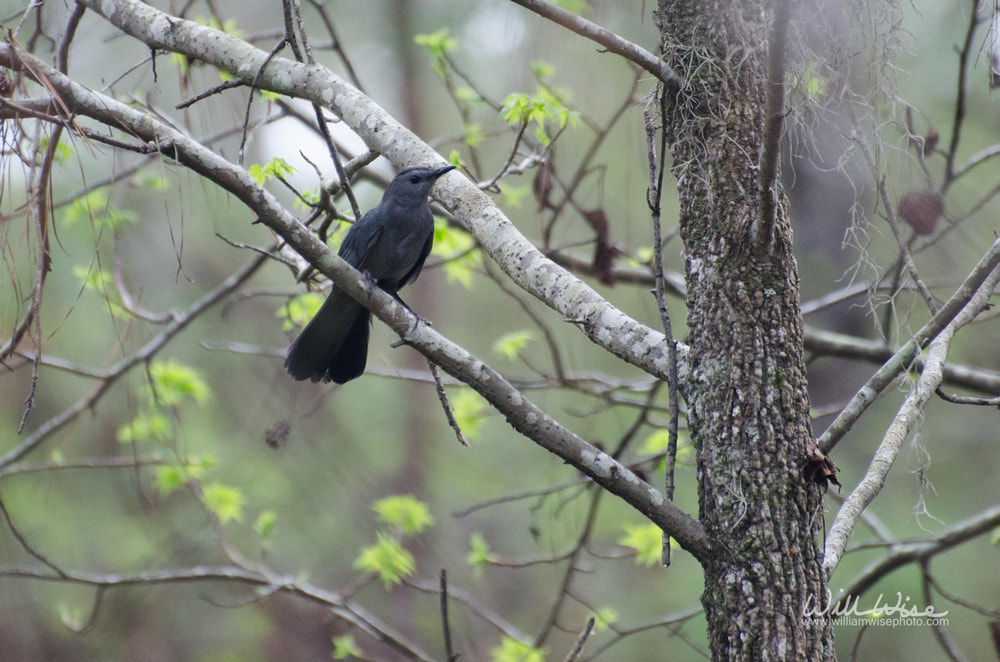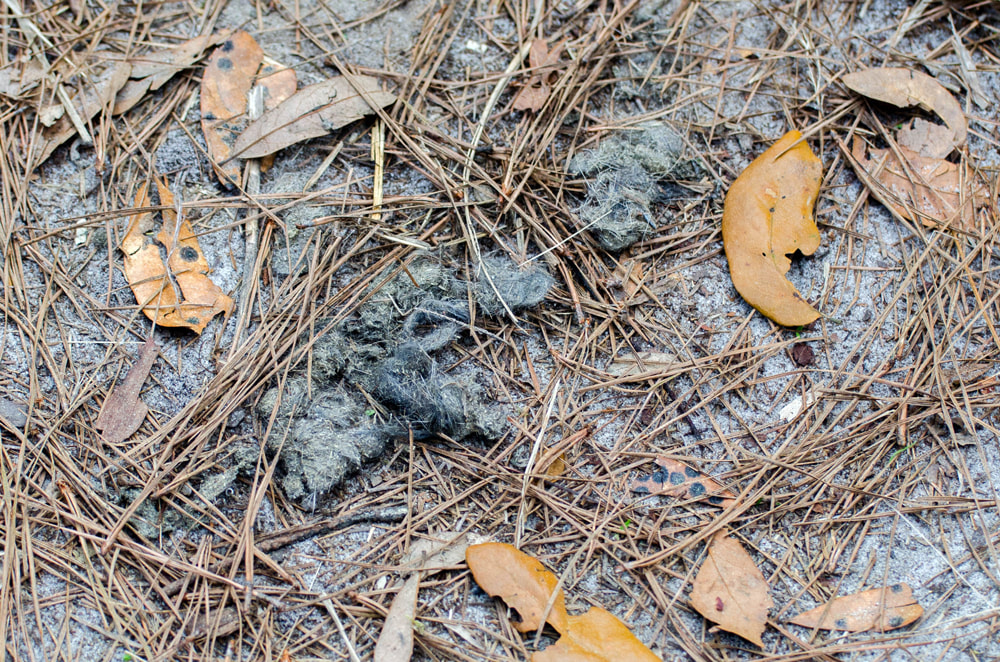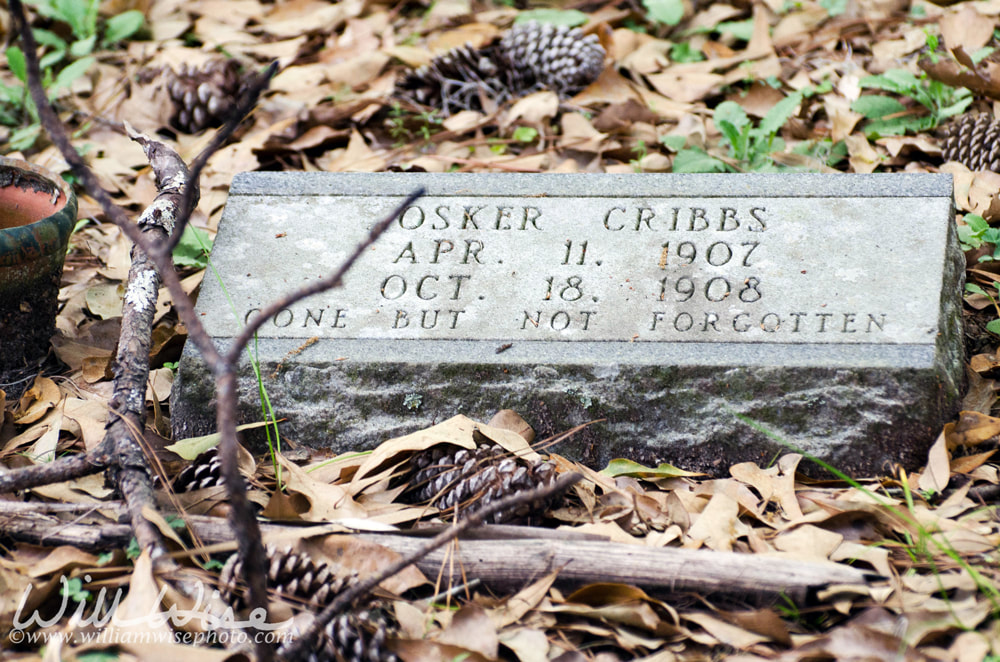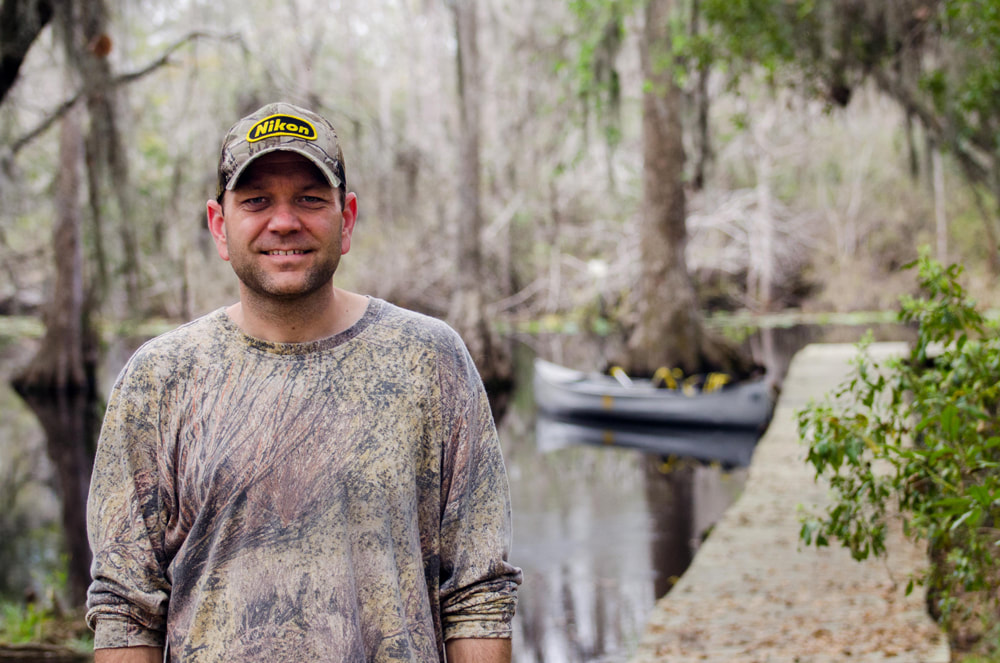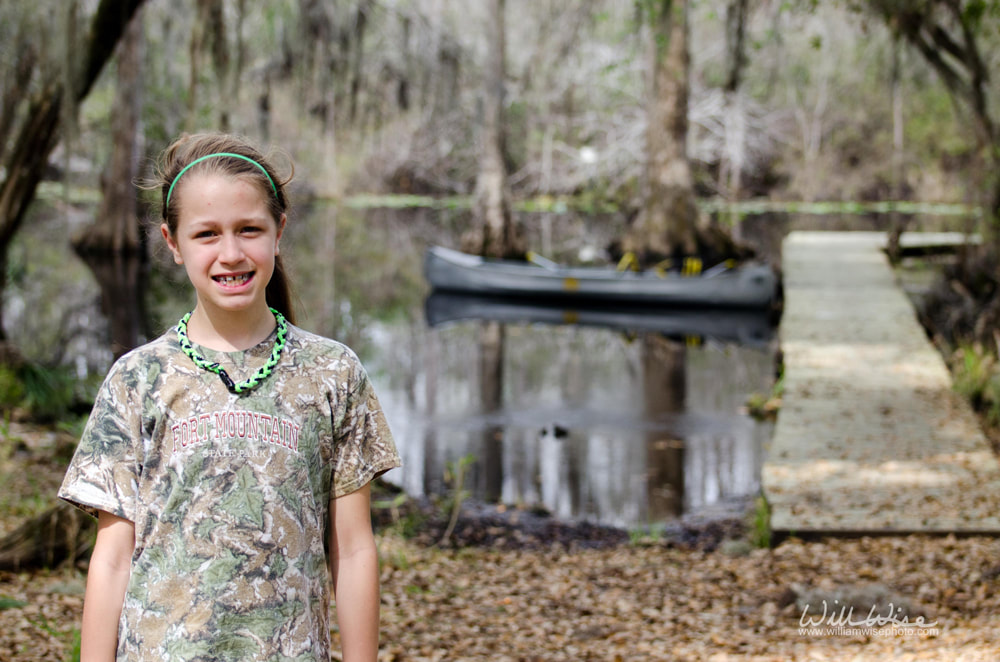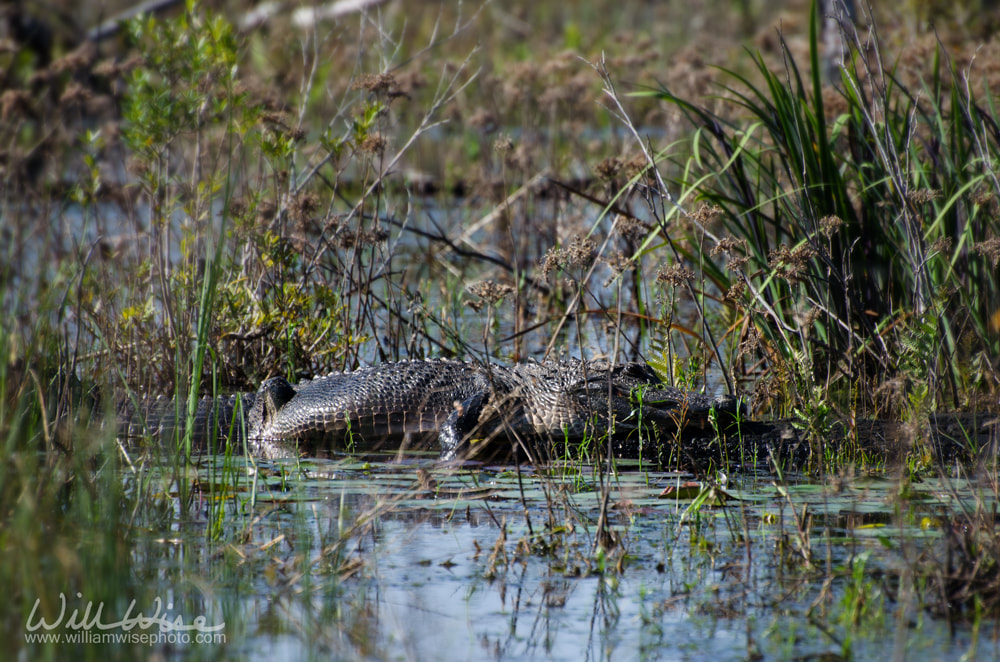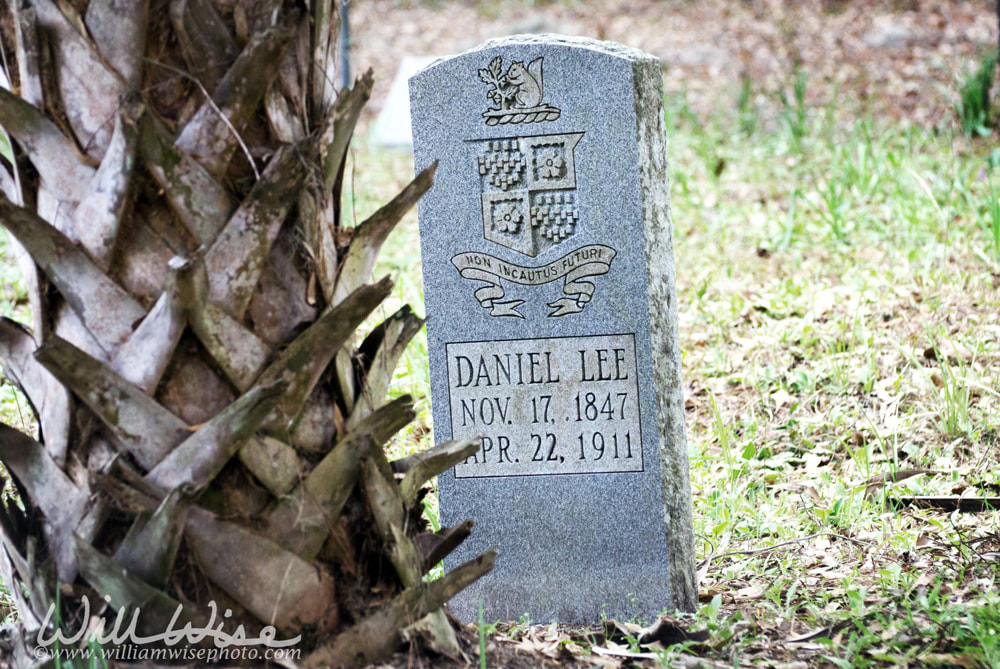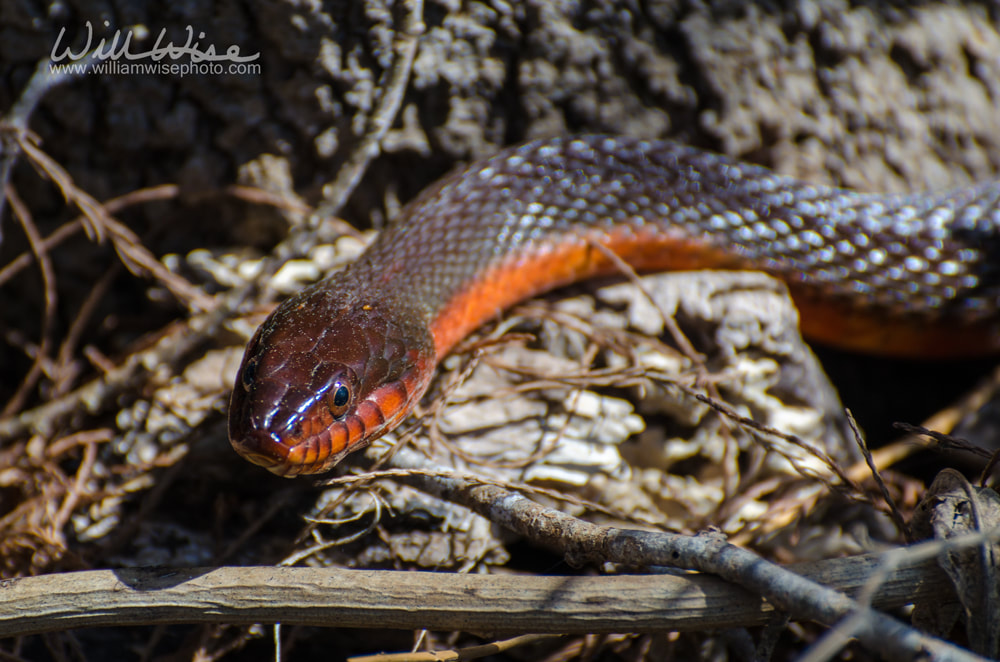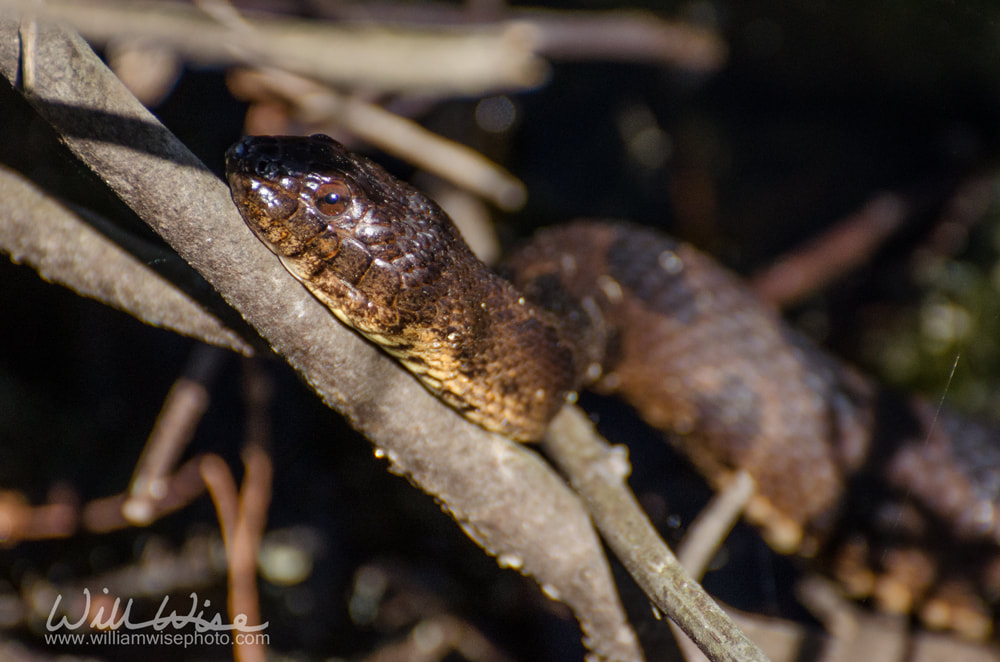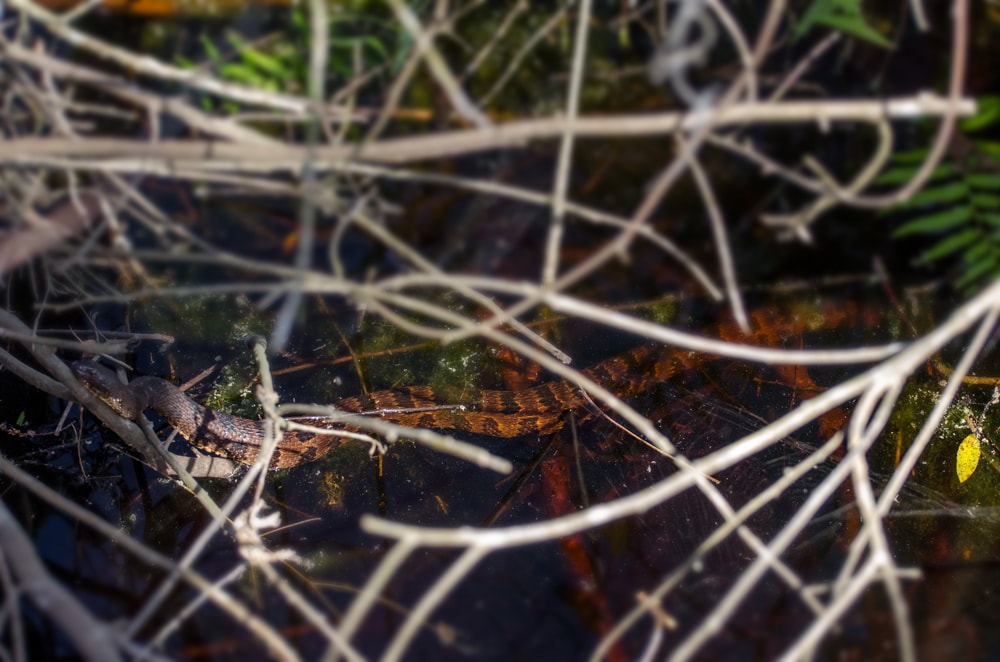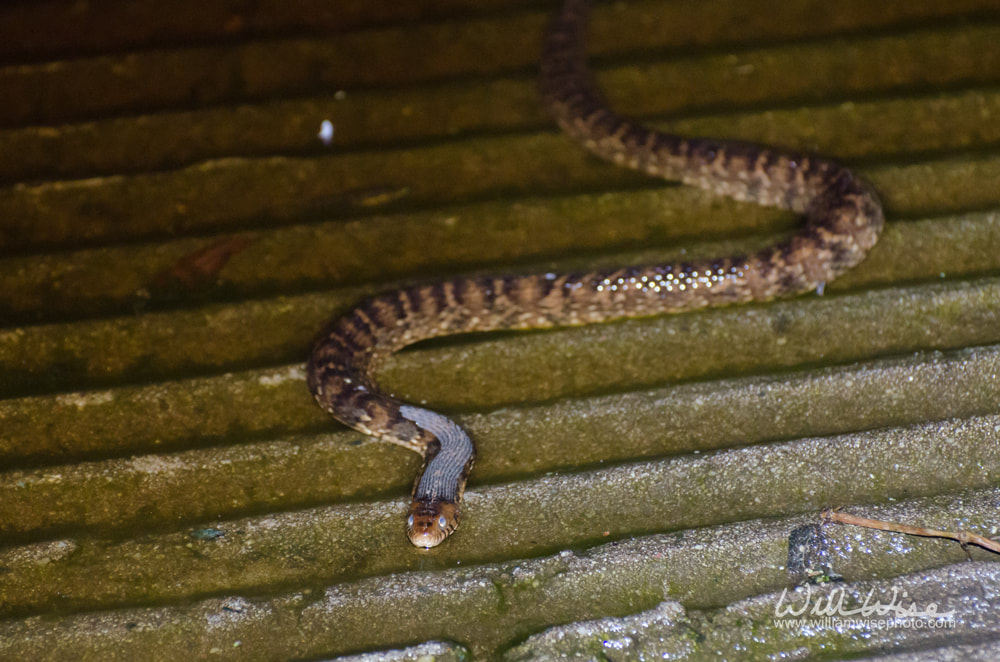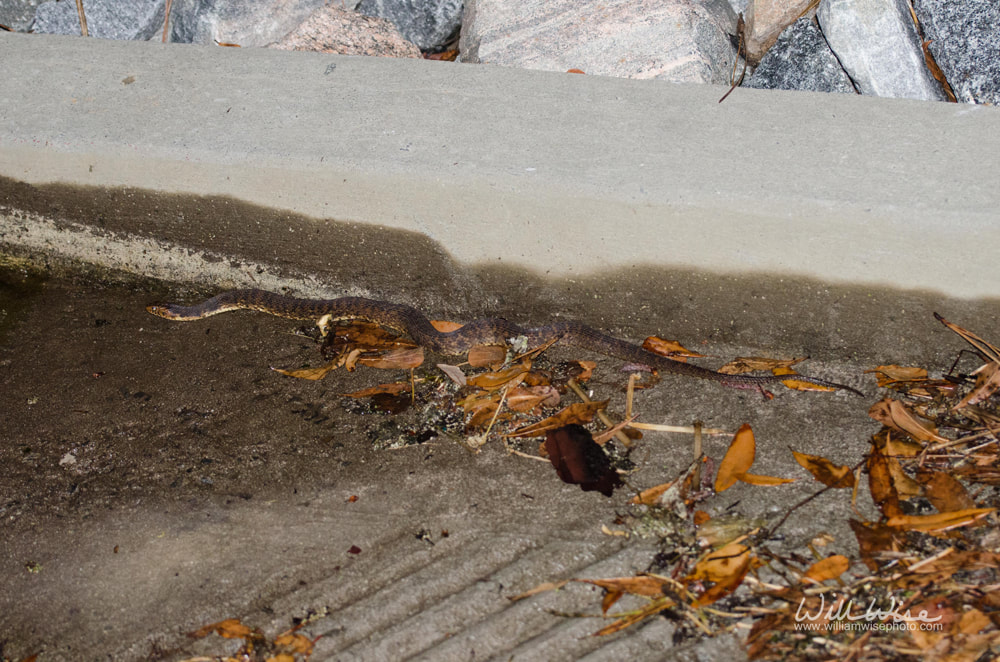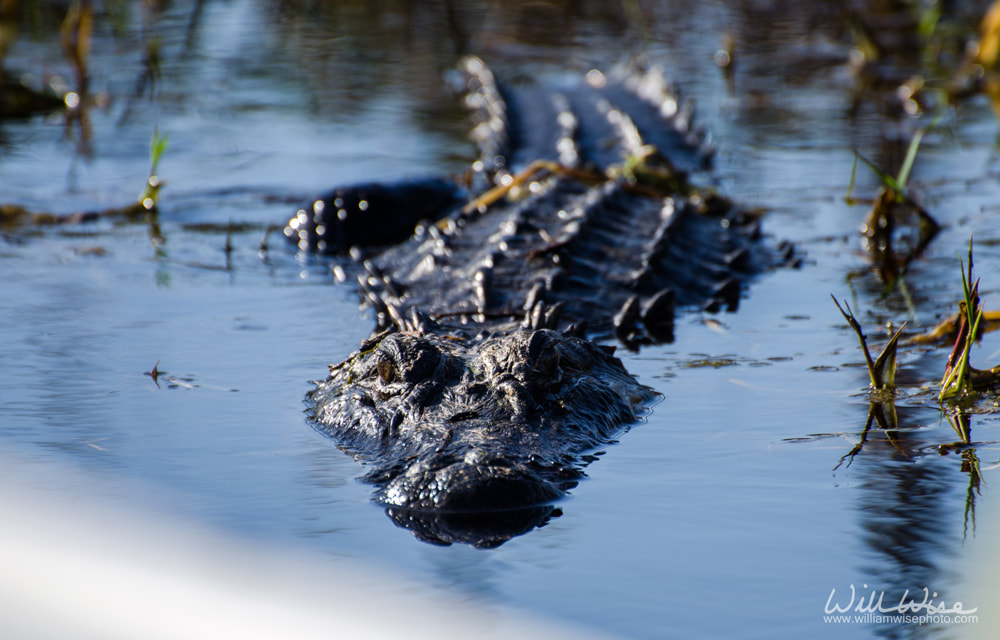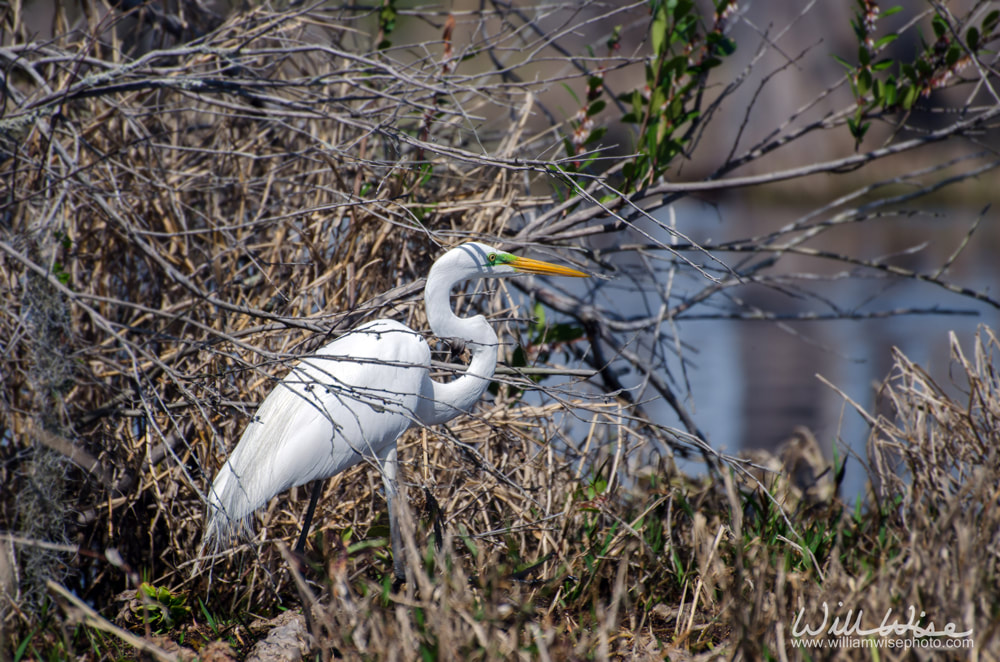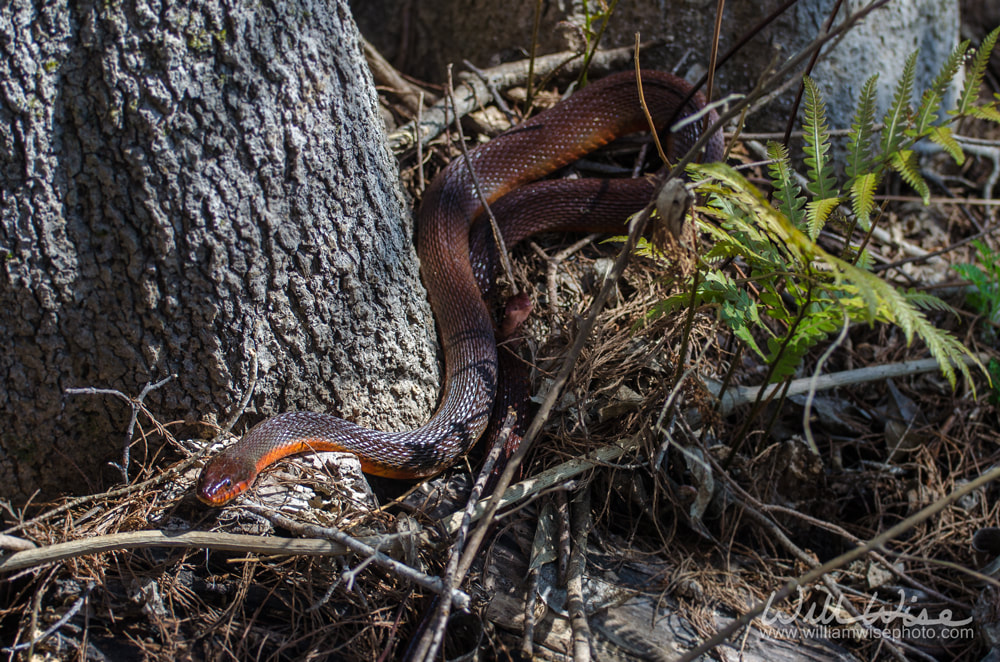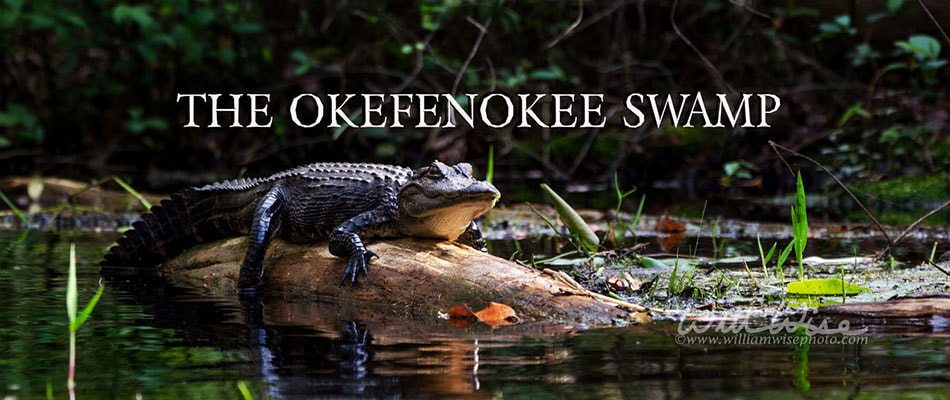 Okefenokee Photography by William Wise. A nature photo journal exploration of Georgia's Okefenokee Swamp, the Land of Trembling Earth, one of the largest blackwater swamps in North America. The alligators, birds, snakes and wildlife of Okefenokee National Wildlife Refuge and Stephen C Foster State Park. -- "What a wildly wonderful world, God! You made it all, with Wisdom at Your side, made earth overflow with your wonderful creations." Psalms 104 The Message An Okefenokee Swamper story as told by Owen Smith in the journals of naturalist Francis Harper, 1929:
0 Comments
 Okefenokee Photography by William Wise. A nature photo journal exploration of Georgia's Okefenokee Swamp, the Land of Trembling Earth, one of the largest blackwater swamps in North America. The alligators, birds, snakes and wildlife of Okefenokee National Wildlife Refuge and Stephen C Foster State Park. -- "What a wildly wonderful world, God! You made it all, with Wisdom at Your side, made earth overflow with your wonderful creations." Psalms 104 The Message Swamp Citizens – Drought Relief
As large, voracious predators at the top of the food chain, we might think that alligators do nothing but devour their fellow creatures that inhabit the swamp. And it is only the sense, swiftness or camouflage that keeps the alligator from causing the extinction of all in its path. But this stereotype is not necessarily the case. Alligators actually do quite a bit to help the other swamp creatures survive. Many swamps are subject to the frequent ebbs and flows of drought and flood. It is during the periods of low water that alligators are most helpful. As part of their life history, gators move a good bit of earth. They tear up aquatic vegetation and construct “runs” and trails, and also dig out ponds. As water levels decrease and the swamp dries up, often the only water remaining is within these “gator holes.” According to Kelby Ouchley in his book American Alligator – Ancient Predator in the Modern World, “alligators use their snout, front legs, and tail to excavate ponds called alligator holes. Ranging in size from 8 to 50 feet in diameter, they are often dug down to the shallow limestone bedrock.” Some populations of fish might disappear if it weren’t for the water-retaining constructions of the alligator. Hydrophilic plant species requiring wet soil can still thrive near gator trails as the rest of the habitat desiccates. Even the larger mammals and birds gather around the gator holes for refreshment during prolonged dry spells. Their drought relief engineering shows that the American Alligator is a good Swamp Citizen!  Okefenokee Photography by William Wise. A nature photo journal exploration of Georgia's Okefenokee Swamp, the Land of Trembling Earth, one of the largest blackwater swamps in North America. The alligators, birds, snakes and wildlife of Okefenokee National Wildlife Refuge and Stephen C Foster State Park. -- "What a wildly wonderful world, God! You made it all, with Wisdom at Your side, made earth overflow with your wonderful creations." Psalms 104 The Message In 1851, the American songwriter Stephen C. Foster sang of the Okefenokee’s Suwannee River as “home” in the song, Old Folks at Home. And over 150 years later, my daughter and I are calling the Stephen C. Foster State Park our home-away-from-home! After a full day in the hot sun, and after toiling across Billy’s Lake against the wind, we finally arrived back at the campground. Biased by our dry and parched lips, we ate “the best ice cream sandwiches we’ve ever tasted” at the registration office and headed back to our tent. Storm clouds rolled in and a thirty minute downpour flooded the entire campground with large puddles. Watching the water pool under our tent, and unsuccessfully trying to divert it with pieces of firewood, I knew we’d have to move the tent to a patch of higher ground currently occupied by the picnic table. When the rain ceased, we enjoyed a can of clam chowder (everything tastes better when you’re camping) and went for another walk to avoid the mosquitoes that inevitably attack when you sit still for even a moment. We braved the gnats on the boardwalk; sat with “Sophie” the resident alligator a few minutes, spotted a snake at the boat ramp, and smiled at the deer that casually fed around the cabins. We ended the night in our tent, continuing our battleship tournament before turning in on this slightly more warm and humid night. Like Stephen C Foster, this is "home sweet home"! Way down upon the Suwannee River,  Okefenokee Photography by William Wise. A nature photo journal exploration of Georgia's Okefenokee Swamp, the Land of Trembling Earth, one of the largest blackwater swamps in North America. The alligators, birds, snakes and wildlife of Okefenokee National Wildlife Refuge and Stephen C Foster State Park. -- "What a wildly wonderful world, God! You made it all, with Wisdom at Your side, made earth overflow with your wonderful creations." Psalms 104 The Message Before becoming protected in the 1960's, alligators were hunted to near extinction for their skins. The following is a headline from an 1875 newspaper. Thankfully the "Okefenokee Alligator Farm" vision never became a reality, for there probably would have been only a lot of "harvesting" and very little management.
 Okefenokee Photography by William Wise. A nature photo journal exploration of Georgia's Okefenokee Swamp, the Land of Trembling Earth, one of the largest blackwater swamps in North America. The alligators, birds, snakes and wildlife of Okefenokee National Wildlife Refuge and Stephen C Foster State Park. -- "What a wildly wonderful world, God! You made it all, with Wisdom at Your side, made earth overflow with your wonderful creations." Psalms 104 The Message In exploring the swamps of Georgia and Florida in the 1700’s the naturalist William Bartram stated, “the alligators were in such incredible numbers, and so close together from shore to shore, that it would have been easy to have walked across on their heads, had the animals been harmless.” Although they may not be as numerous as in Bartram’s day, there were still plenty of gators to see on our short guided boat boat ride across Billy's Lake. Biologists estimate about 12,000 alligators reside throughout the entire Okefenokee.
At one point, our guide pulled the boat especially close to one large gator and encouraged my daughter to the front to get a closer photo. While she was perched on the bow of the boat, the guide kept the boat slowly moving forward until the gator gave a huge splash while simultaneously turning and submerging. Amanda was just as quickly back in her seat at the rear of the boat! When she got her courage back up, she was able to get near the front of the boat again and got a humorous shot of a gator “hiding” under a lily pad.  Okefenokee Photography by William Wise. A nature photo journal exploration of Georgia's Okefenokee Swamp, the Land of Trembling Earth, one of the largest blackwater swamps in North America. The alligators, birds, snakes and wildlife of Okefenokee National Wildlife Refuge and Stephen C Foster State Park. -- "What a wildly wonderful world, God! You made it all, with Wisdom at Your side, made earth overflow with your wonderful creations." Psalms 104 The Message Wednesday, 9:20 AM - At the onset of the tour, our guide had asked us if there was anything in particular we wished to see. Of course, the lady from Jasper, Florida (“that’s only an hour south of here”) ejected, “A BIG GATOR!” I more quietly let it be known that we wanted a preview of where we’d be paddling the next day. I also wanted to see birds. So far we had only seen a few, and I had envisioned hundreds of birds; large rookeries of wading birds, huge rafts of ducks; but none of what I had envisioned had appeared yet. Ranger Jeremy said there are plenty of birds, especially in the evenings. When I asked about ducks, he replied, “The occasional Wood Duck pair, but not too much else this time of year.” It wasn’t until near the end of the boat tour that we finally began to spot birds. As I focused on a trio of Cormorants on a limb, a large flock of Ibises flew over. A bit further on, an oddly colored brown and white Ibis puzzled me. “A juvenile”, responded Jeremy in response to my inquiry. Overhead stood a stately Anhinga with his spear-like bill pointed proudly up toward the sky. And just before the turn back to the boat dock, a gorgeous Great Egret stood poised in a picture perfect pose, almost as if staged by our guide in attempt to satisfy his birdwatching customer.  Okefenokee Photography by William Wise. A nature photo journal exploration of Georgia's Okefenokee Swamp, the Land of Trembling Earth, one of the largest blackwater swamps in North America. The alligators, birds, snakes and wildlife of Okefenokee National Wildlife Refuge and Stephen C Foster State Park. -- "What a wildly wonderful world, God! You made it all, with Wisdom at Your side, made earth overflow with your wonderful creations." Psalms 104 The Message An excerpt from William Bartram's Travels published in 1791.
William Bartram was a botantist, artist, and nature writer that explored the southeastern United States around the time of the American Revolution (1773-1776). He was a scientist, creationist and Christian that gave glory to the Author for all the wonderful works he observed and documented in his book, Travels Through North and South Carolina, Georgia, East and West Florida.  Okefenokee Photography by William Wise. A nature photo journal exploration of Georgia's Okefenokee Swamp, the Land of Trembling Earth, one of the largest blackwater swamps in North America. The alligators, birds, snakes and wildlife of Okefenokee National Wildlife Refuge and Stephen C Foster State Park. -- "What a wildly wonderful world, God! You made it all, with Wisdom at Your side, made earth overflow with your wonderful creations." Psalms 104 The Message Of course, every thick brown snake spotted by visitors in the Okefenokee is a venomous Cottonmouth, or Water Moccasin (note the sarcasm!). I must admit, the Water Snakes (Genus Nerodia) do bear more similarities to the Cottonmouth than most snake species. The Water Snakes, like Cottonmouths, are a dark color, have thick bodies and roughly keeled scales. I can understand how those with just casual experience with snakes might be confused. So I cut them a break and try not to act too offended!
The US Fish and Wildlife Service lists four species of Water Snake within the refuge. Although they are not venomous, I wouldn’t call them totally “harmless.” They can really put up a good fight of striking, hissing and musking... but this only happens to the people that try to grab them! If you keep your distance, they generally lie perfectly still or make and escape. The Plain-bellied, or Red-bellied Water Snake (Nerodia erythrogaster) is a handsome serpent found throughout the refuge. They are common in wetter habitats throughout the southeastern United States. Their bellies are without markings and range from a rich red to a pale yellow. The majority of the time, the only thing visitors see of the Okefenokee’s water snakes is a splash into the water as the snake drops from an overhanging branch, usually before your canoe is within 100 feet of them. So it is often difficult to know which species you may have encountered.  Okefenokee Photography by William Wise. A nature photo journal exploration of Georgia's Okefenokee Swamp, the Land of Trembling Earth, one of the largest blackwater swamps in North America. The alligators, birds, snakes and wildlife of Okefenokee National Wildlife Refuge and Stephen C Foster State Park. -- "What a wildly wonderful world, God! You made it all, with Wisdom at Your side, made earth overflow with your wonderful creations." Psalms 104 The Message Wednesday, 12:17 PM - Grabbing our life vests (but neglecting seat cushions, as we would later regret), we loaded our canoe and headed up the channel toward Billy’s Lake. As we floated by, a beautifully camouflaged American Bittern popped his head up from the grasses to spy out the intruders.
Remembering the advice of a friend from years ago, we headed toward Billy’s Island for our first paddling excursion. My old friend had spent a good bit of time exploring the island and found several critters, including an Eastern Diamondback Rattlesnake. On our trip, however, most of the island was off limits and hiking was restricted to a 1 mile loop in the immediate area of the dock. Our guide this morning had told us that a slightly deranged man had disappeared in Billy’s Island a couple of years ago, prompting an expensive search and rescue mission, and the closure of most of the island. Days later, the man was found walking barefoot on Interstate 75, nobody knowing how or when he left the swamp. The island was named after a Seminole Indian that was murdered there. In later history, following the Civil War, the island was settled by the Lee family; some of whom still inhabit the island in a small graveyard. On our short hike we saw the rusty machinery left from the last century’s efforts of logging the Okefenokee. Other than a deer wading knee-deep in the swamp, the seemingly ever-present Catbirds, and some carnivore scat, we weren’t as lucky as my friend who had related that he found a baby gator and a rattlesnake on the island years ago.  Okefenokee Photography by William Wise. A nature photo journal exploration of Georgia's Okefenokee Swamp, the Land of Trembling Earth, one of the largest blackwater swamps in North America. The alligators, birds, snakes and wildlife of Okefenokee National Wildlife Refuge and Stephen C Foster State Park. -- "What a wildly wonderful world, God! You made it all, with Wisdom at Your side, made earth overflow with your wonderful creations." Psalms 104 The Message An excerpt from E.A. McIlhenny's 1935 book, The Alligator's Life History: "On one occasion I saw a Duroc boar hog that weighed not less than five hundred pounds caught by a large alligator while the hog was swimming across a stream about eighty feet wide. The hog had a regular crossing place at this point, and the alligator was waiting for him. As the swimming hog reached the middle of the stream the alligator, which had been hidden by the overhanging vegetation of the opposite bank, swam out with great speed, caught the hog at the houlder, threw its tail almost completely out of the water and with a tremendous sweep to one side threw all four of the hog's legs clear above the water as it rolled over, and that was the last time I saw the hog alive." - Page 49 E.A. McIlhenny (1872 – 1949), of the McIlhenny Tabasco Sauce company, was a hunter, explorer and naturalist that established the Avery Island wildlife refuge on his family estate in Louisiana and wrote The Alligator's Life History in 1935. While some of his statements are criticized by modern science, he was one of the most knowledgeable alligator experts in the country at the time. His work contains valuable information and entertaining anecdotes.  Okefenokee Photography by William Wise. A nature photo journal exploration of Georgia's Okefenokee Swamp, the Land of Trembling Earth, one of the largest blackwater swamps in North America. The alligators, birds, snakes and wildlife of Okefenokee National Wildlife Refuge and Stephen C Foster State Park. -- "What a wildly wonderful world, God! You made it all, with Wisdom at Your side, made earth overflow with your wonderful creations." Psalms 104 The Message Excerpt from the 1926 History of the Okefenokee Swamp by AS McQueen and Hamp Mizell;
 Okefenokee Photography by William Wise. A nature photo journal exploration of Georgia's Okefenokee Swamp, the Land of Trembling Earth, one of the largest blackwater swamps in North America. The alligators, birds, snakes and wildlife of Okefenokee National Wildlife Refuge and Stephen C Foster State Park. -- "What a wildly wonderful world, God! You made it all, with Wisdom at Your side, made earth overflow with your wonderful creations." Psalms 104 The Message Wednesday, 11:37 AM - After our initial guided boat tour of Billy’s Lake, we returned to our campsite for lunch and to load our gear for an afternoon paddling expedition to Billy’s Island. Not knowing the boat rental office would be closed for lunch, we made another stroll of the Trembling Earth Nature Trail boardwalk to pass time. In the early 1990s, when I should have been sitting in my college classes, I was usually out in the rural areas and swamps of Georgia, Florida and the Carolinas flipping pieces of tin and digging through piles of debris hoping to find snakes. Reptiles became a lasting interest, and much of what drew me to the Okefenokee Swamp in first place. Twenty years later I’m back in the Okefenokee with my twelve-year-old daughter. Thankfully she shared her dad’s love of snakes and was hopeful for a reptile find as well! We weren’t disappointed as we quickly came across a Brown Watersnake along the swamp boardwalk in the Stephen C Foster State Park. I’m not sure how we spotted this perfectly camouflaged dark, black and brown snake laying in the dark water choked with brown leaf litter. There are several species of Nerodia found in the Okefenokee. I usually recognize N. taxispilota by the squarish blotches that run in equal spacing down its back, cady-corner with the patches that run alternatingly down each side. Walking further down the swamp boardwalk, my eyes were constantly scanning left and right among the shallow waters and cypress knees. My daughter and I were constantly engaged in a silent competion to spot snakes. I don’t know how, but it seems that Amanda is always the one to find the snakes on our trips. She discovered the beautiful Canebrake Rattlesnake at Cloudland Canyon State Park by nearly putting her foot down upon the serpent stretched across the trail. But not this time! I was going to out-score her in the Okefenokee this year! As we rounded a corner on the trail, Amanda’s eyes were caught by a slow slithering five feet below the boardwalk. “SNAKE!” she shouted! Laying there at the base of a Blackgum tree was a stout Plain-bellied Watersnake. Adult Nerodia erythrogaster typically have unpatterned backs and bright, plain bellies. This beauty was nearly pure red underneath. As our 2015 Okefenokee trip came to an end, Amanda had outscored me on snakes four-to-one nearly the entire time. But on the last evening I found a baby Banded Watersnake by the campground bathroom, bringing my tally to a meager two! It always rubs my “I’m-the-snake-man” ego the wrong way when she outscores me. But I comfort myself by thinking, “She gets it from me.”
 Okefenokee Photography by William Wise. A nature photo journal exploration of Georgia's Okefenokee Swamp, the Land of Trembling Earth, one of the largest blackwater swamps in North America. The alligators, birds, snakes and wildlife of Okefenokee National Wildlife Refuge and Stephen C Foster State Park. -- "What a wildly wonderful world, God! You made it all, with Wisdom at Your side, made earth overflow with your wonderful creations." Psalms 104 The Message Excerpt from the 1926 History of the Okefenokee Swamp by AS McQueen and Hamp Mizell:
 Okefenokee Photography by William Wise. A nature photo journal exploration of Georgia's Okefenokee Swamp, the Land of Trembling Earth, one of the largest blackwater swamps in North America. The alligators, birds, snakes and wildlife of Okefenokee National Wildlife Refuge and Stephen C Foster State Park. -- "What a wildly wonderful world, God! You made it all, with Wisdom at Your side, made earth overflow with your wonderful creations." Psalms 104 The Message "Plume hunting" for sport and fashion was common in the years before laws were enacted to protect our birds. The following is an excerpt from A Florida Sketch-Book by naturalist Bradford Torrey in 1895:
Torrey, Bradford. "Chapter 4: “Along the Hillsborough”." A Florida Sketch-Book. 1895.  Okefenokee Photography by William Wise. A nature photo journal exploration of Georgia's Okefenokee Swamp, the Land of Trembling Earth, one of the largest blackwater swamps in North America. The alligators, birds, snakes and wildlife of Okefenokee National Wildlife Refuge and Stephen C Foster State Park. -- "What a wildly wonderful world, God! You made it all, with Wisdom at Your side, made earth overflow with your wonderful creations." Psalms 104 The Message "It was a 'copper-bellied moccasin,' he declared, whatever that may be, and was worse than a rattlesnake." A humorous story from naturalist Bradford Torrey's 1894 book, A Florida Sketchbook. It would be even more humorous if ignorant snake killing wasn't still common.
|
Categories
All
Archives
September 2025
|
|
All content is ©williamwisephoto.com. Please don't steal images. My images are available at dreamstime.com. Stock sales go into the shelter photography program.
|
In December 1993 I came to know the Designer and Creator of this wonderful planet and its creatures: Jesus Christ.
|
Donations help support the animal shelter adoption photography equipment and adoption website hosting and domain fees. Thanks for your support!
|
